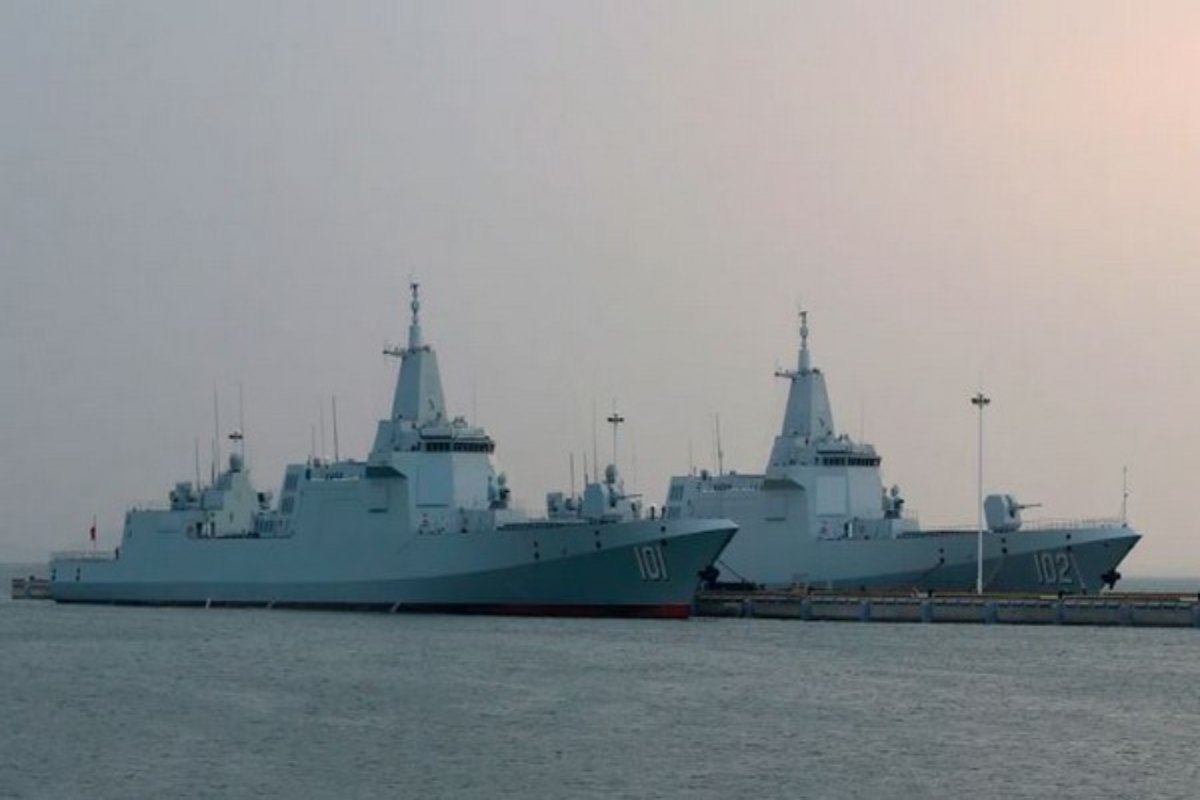The presence of Chinese warships in the Tasman Sea, a relatively rare occurrence, has raised eyebrows in Australia and New Zealand. While Beijing maintains that the naval exercise aligns with international law, its strategic implications cannot be ignored. This event is not merely about routine military drills ~ it is a calculated signal, testing regional responses and asserting influence in an area where China has historically had little direct presence.
China’s navy has been steadily expanding its reach, moving beyond the South China Sea and Indo-Pacific into waters that were once dominated by Western allies. The Tasman Sea, a crucial maritime corridor between Australia and New Zealand, has traditionally remained under the security umbrella of these two nations, with minimal outside military activity. China’s decision to conduct exercises here is significant because it challenges the long-standing status quo. The fact that the Chinese fleet included a frigate, a cruiser, and a supply tanker indicates a well-coordinated mission rather than a mere symbolic gesture.
Advertisement
Moreover, the presence of these warships so close to Australian shores ~ reportedly within 150 nautical miles of Sydney at one point ~ suggests intent to gauge reactions from Australia, New Zealand, and their allies. One of the key concerns surrounding this naval maneuver is China’s lack of prior notification. New Zealand, in particular, expressed displeasure at being left uninformed, underscoring the broader issue of Beijing’s opaque military strategy. In contrast, nations conducting exercises in sensitive areas typically provide advance warnings to reduce tensions. Even Australia’s defense minister acknowledged that while such a deployment was not unprecedented, it was unusual and lacked the level of transparency expected between countries with diplomatic ties.
Furthermore, the manner in which the notification of potential live-fire exercises was issued ~ picked up by commercial airline pilots mid-flight ~ reinforces the perception that Beijing operates on its own terms, disregarding established military communication protocols. This lack of direct engagement fuels uncertainty and strengthens the argument for greater regional coordination to counter unexpected strategic moves. Australia and China have faced several maritime confrontations in recent years, from close encounters involving military aircraft to alleged sonar pulse incidents. This latest move fits into a broader pattern of assertive posturing by China, aimed at testing the resolve of its regional counterparts.
While Beijing may justify its actions as standard naval exercises, it is evident that these maneuvers serve a dual purpose: military preparedness and strategic signalling. For Australia and New Zealand, this incident is a reminder that regional security cannot be taken for granted. It highlights the need for closer defense cooperation, not just between the two countries but also with other allies in the Indo-Pacific. Enhanced maritime surveillance, intelligence sharing, and rapid-response mechanisms are now more crucial than ever. China’s foray into the Tasman Sea is unlikely to be a one-off event. Rather, it signals a broader shift in Beijing’s strategic thinking, one that will continue to test the security framework of the region.











